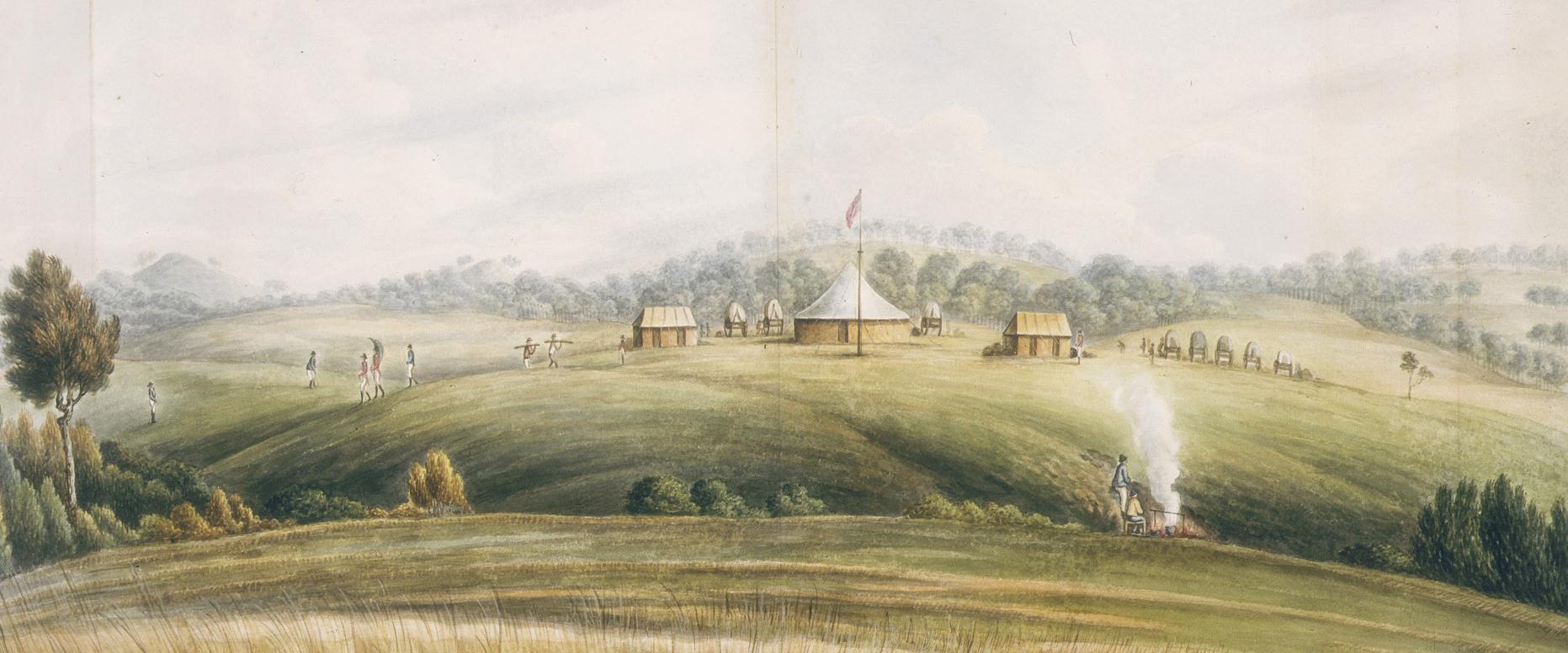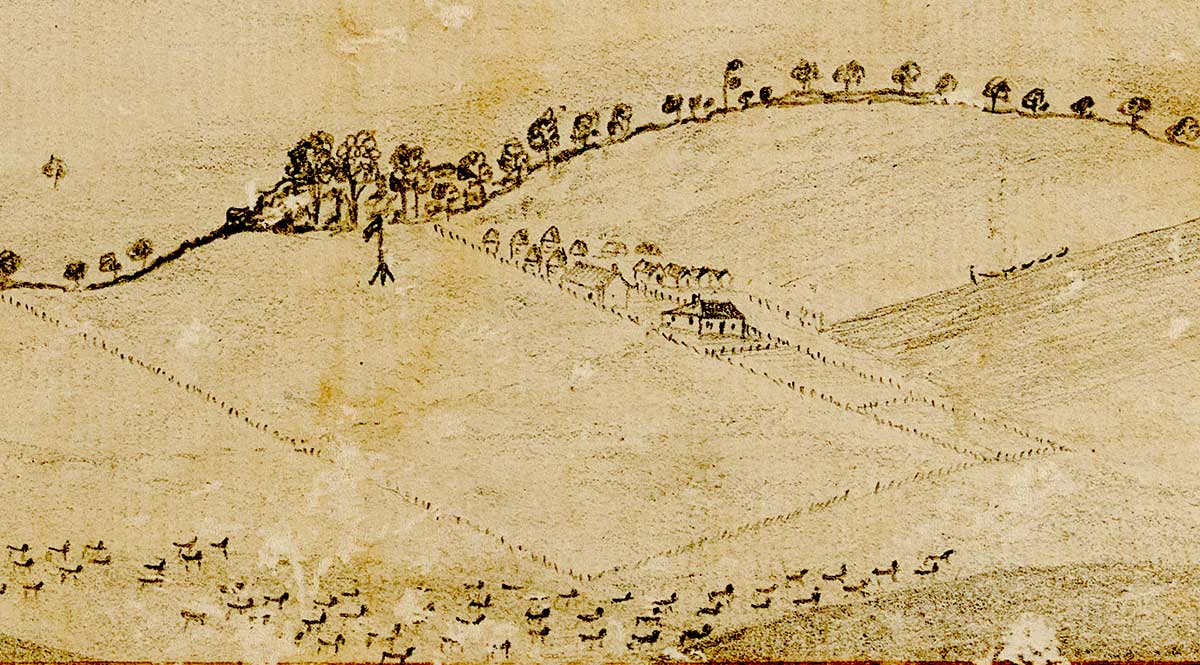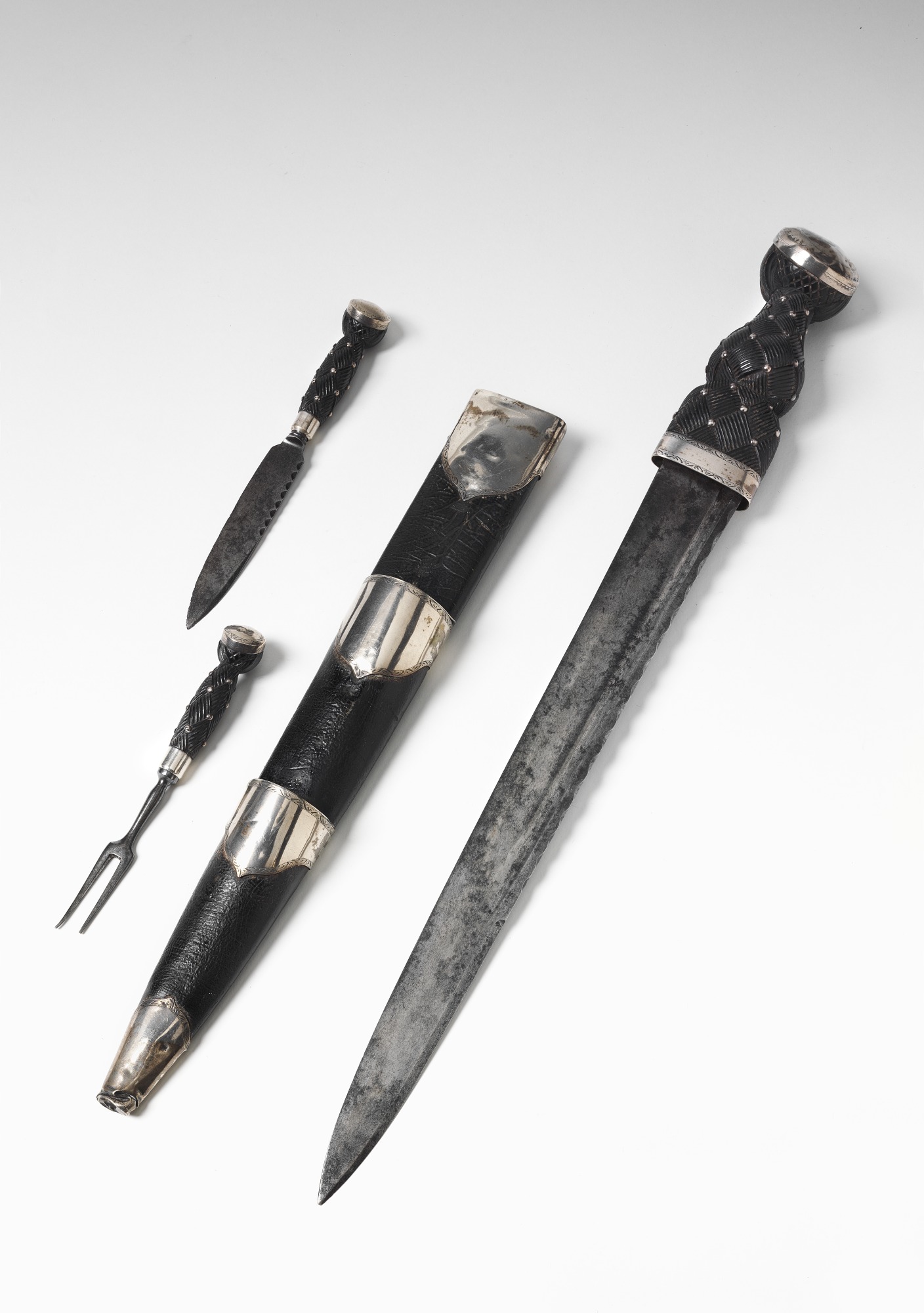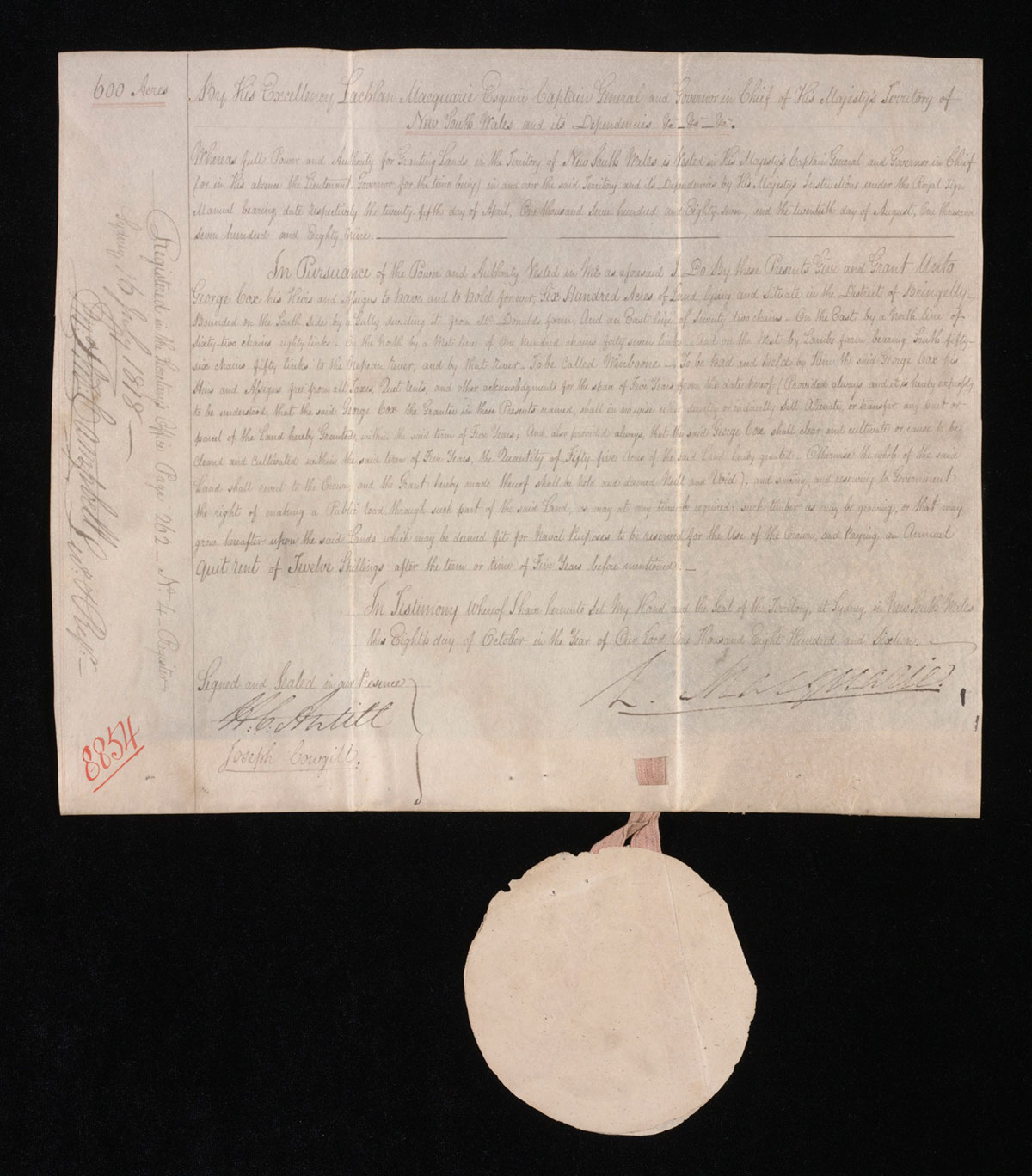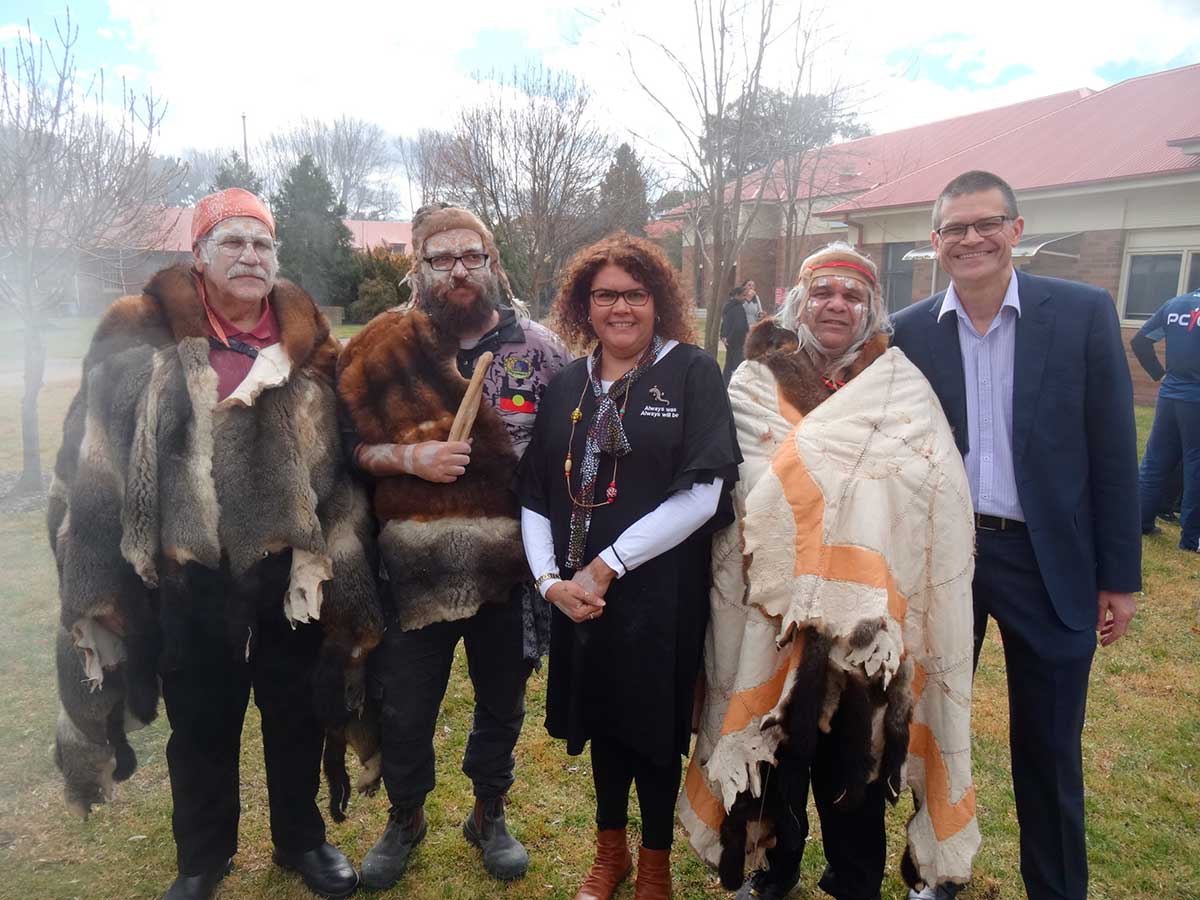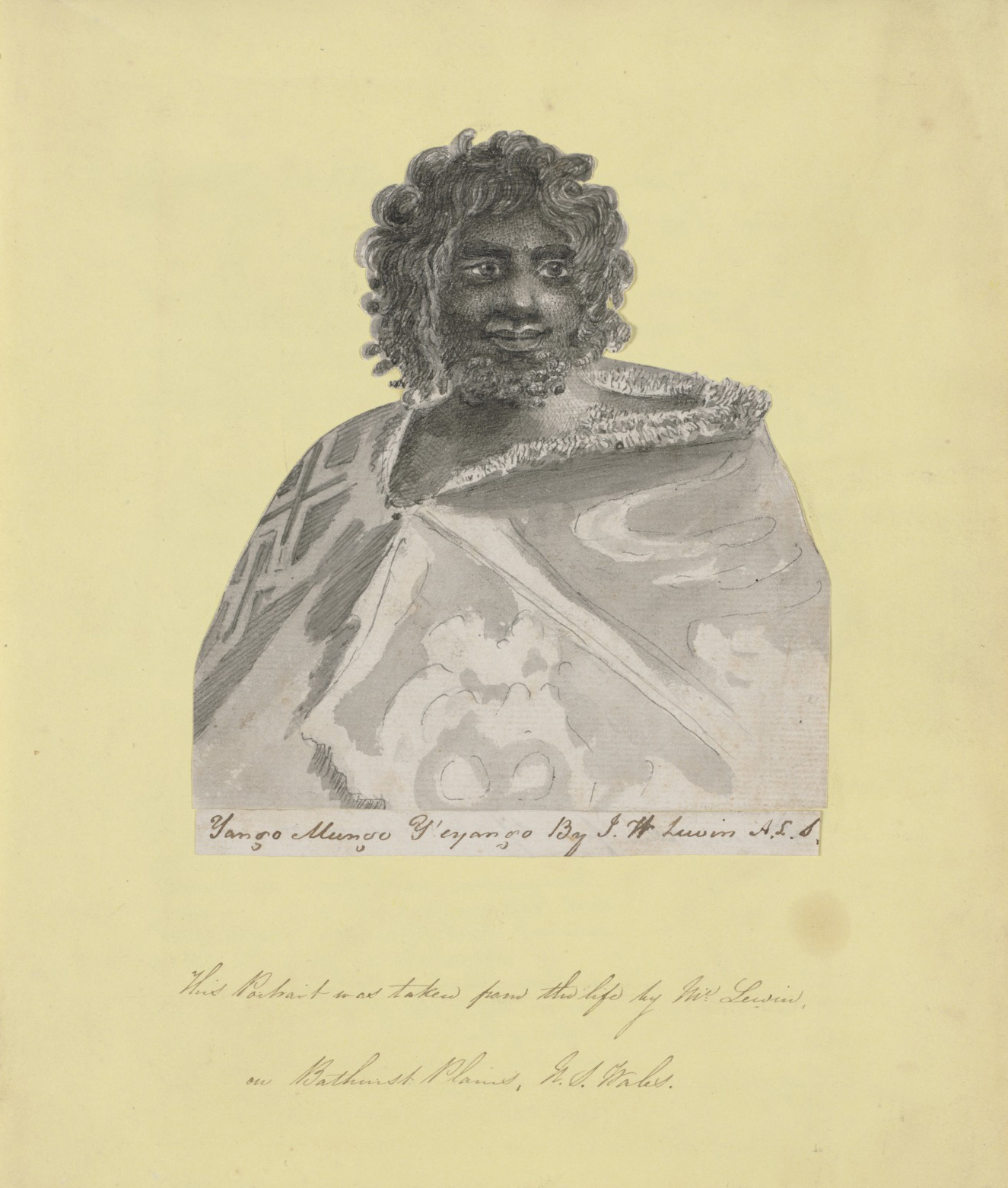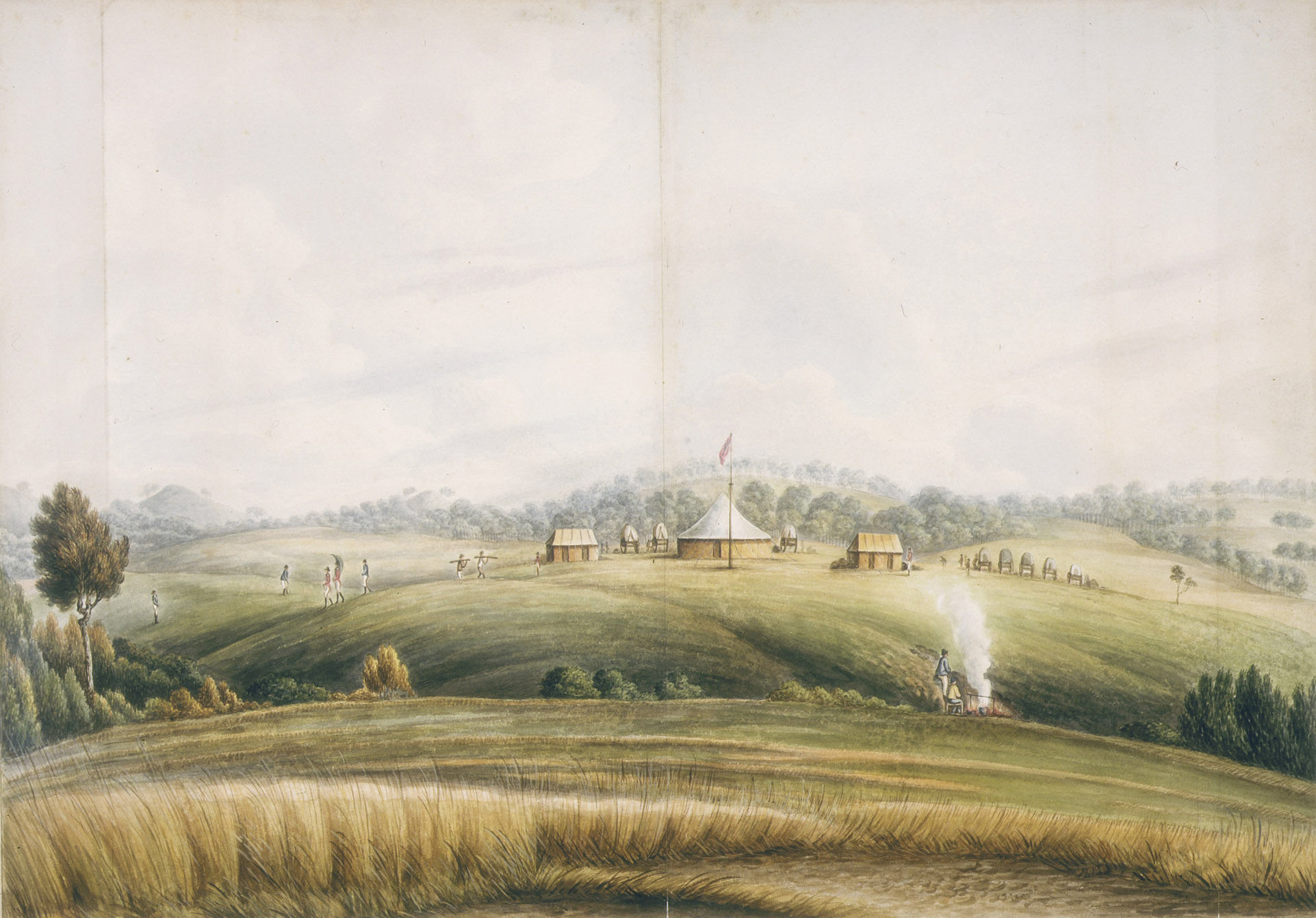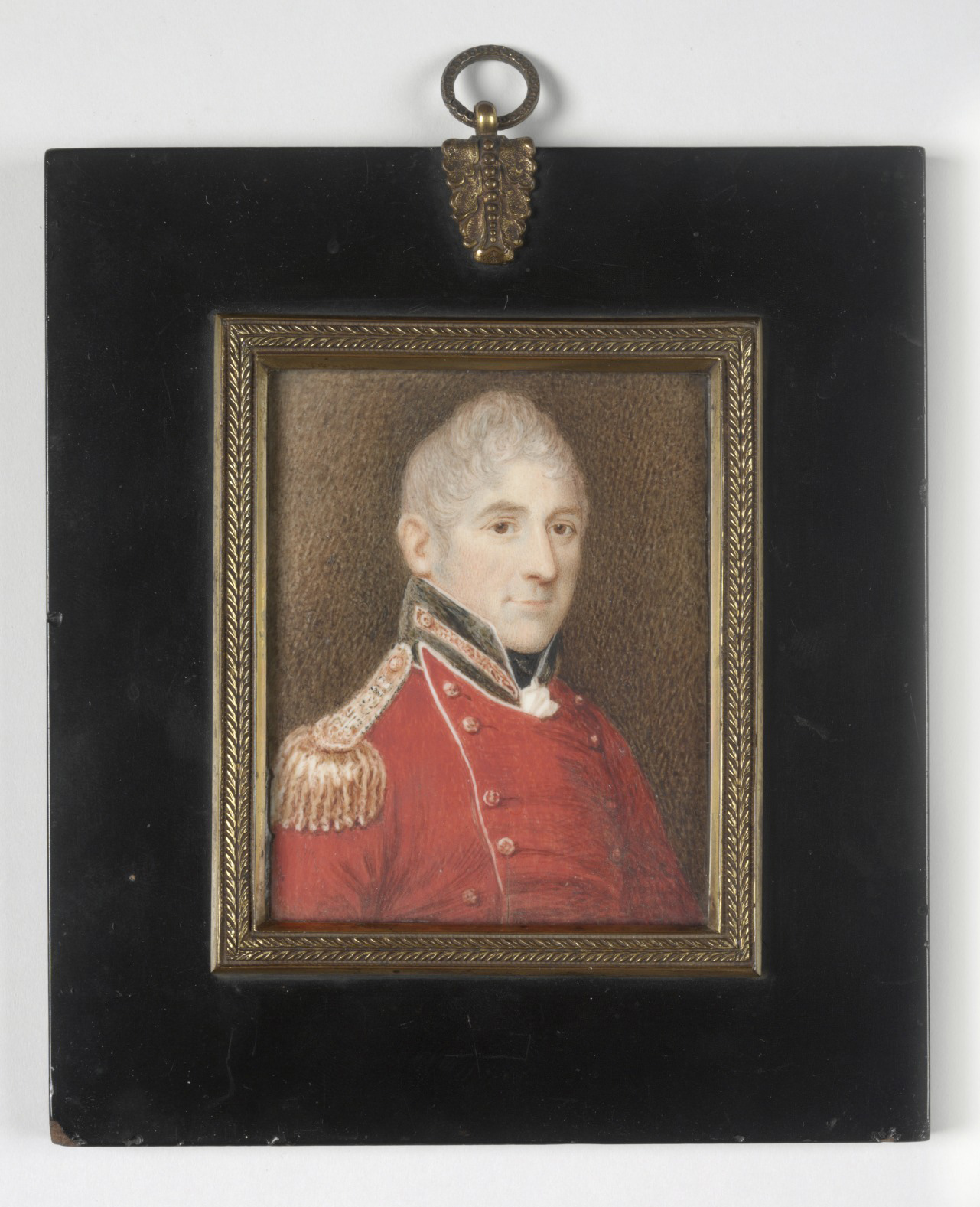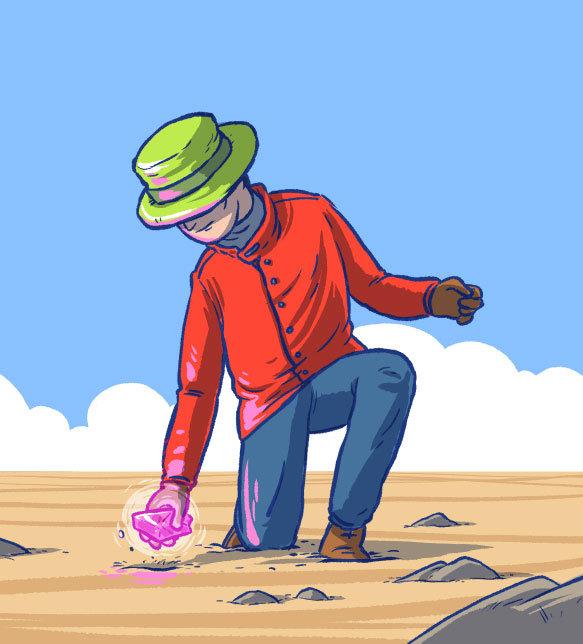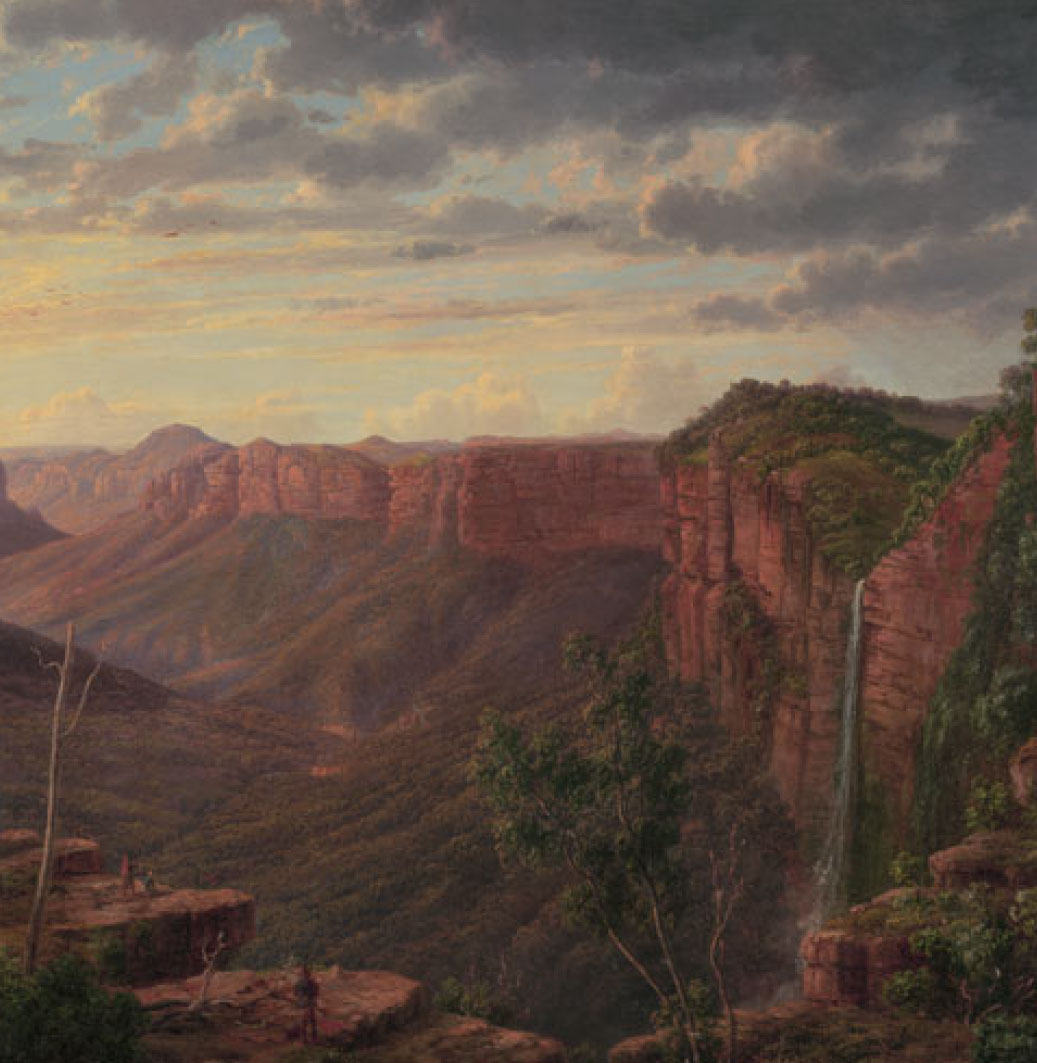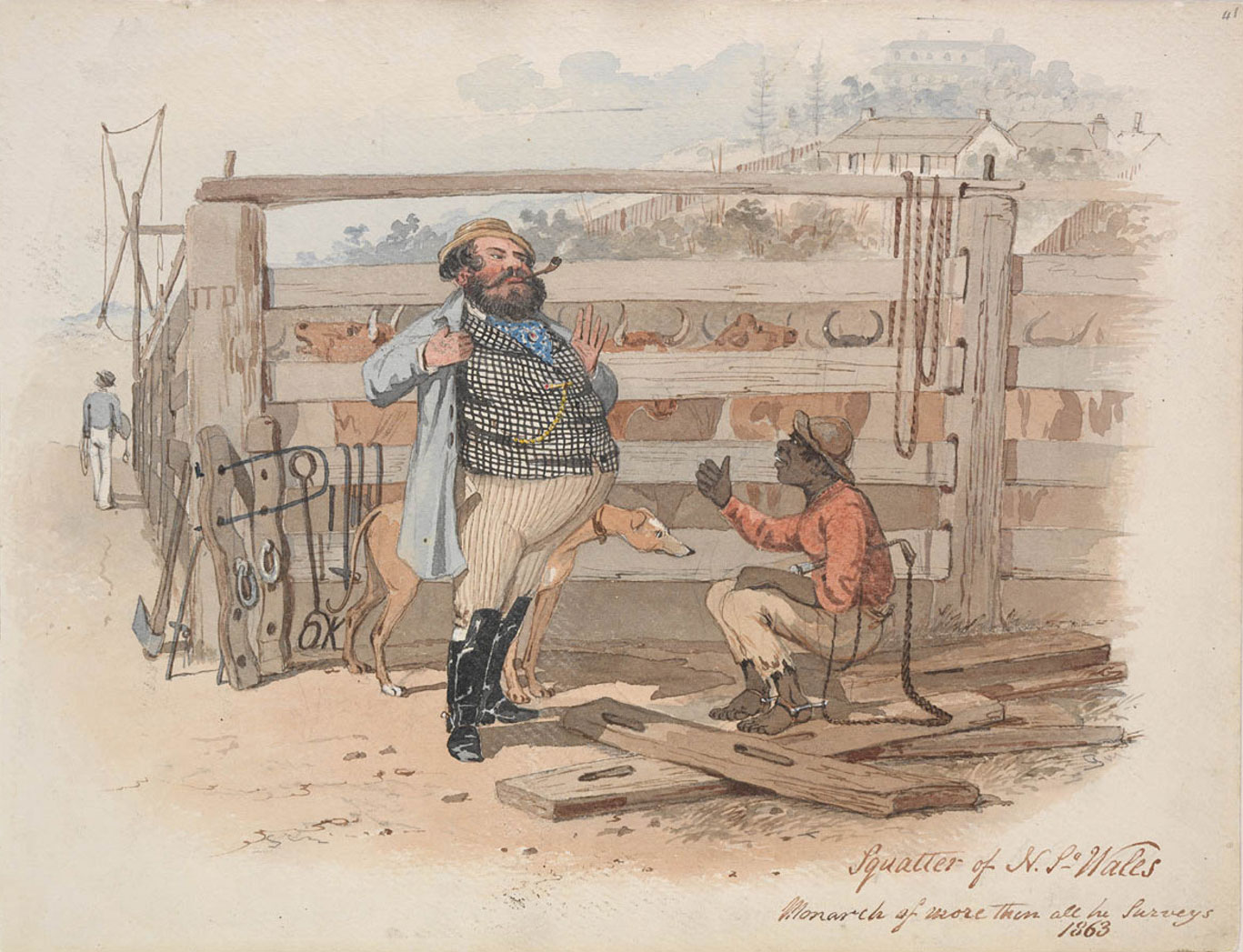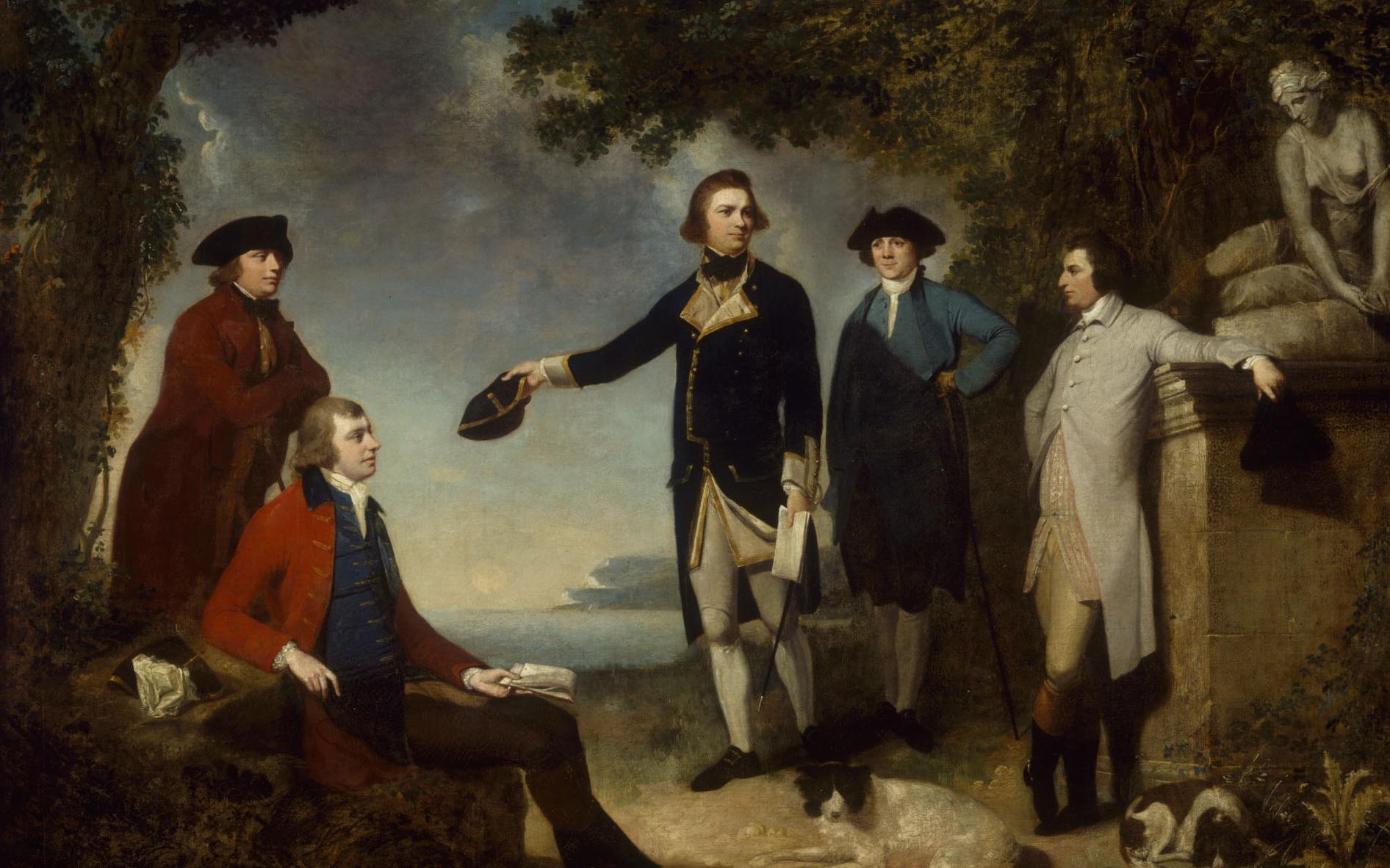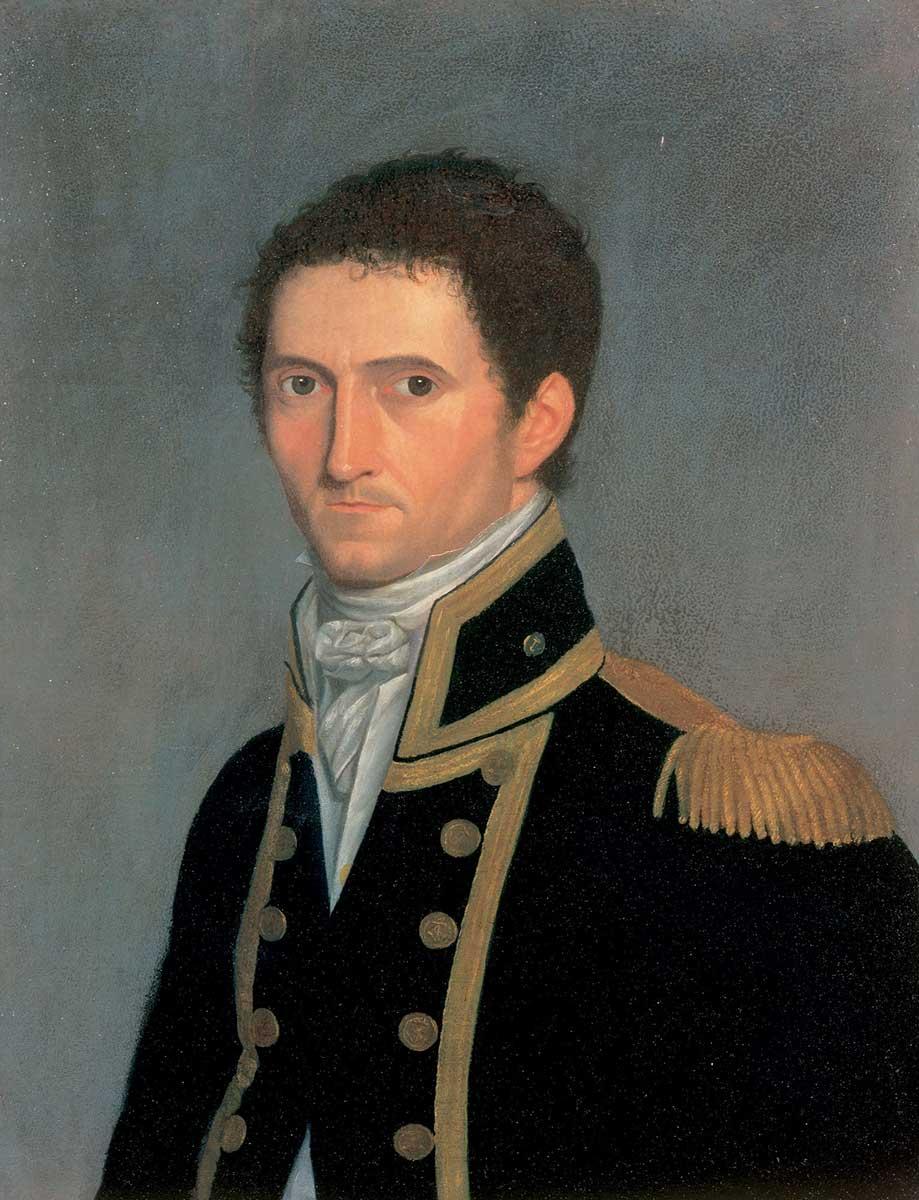Expansion and dispossession
1815: Governor Macquarie establishes Bathurst, Australia’s first inland European settlement
Expansion and dispossession
1815: Governor Macquarie establishes Bathurst, Australia’s first inland European settlement
In a snapshot
The creation of the inland town of Bathurst was one of Governor Lachlan Macquarie’s many achievements, and marked the beginning of the spread of European settlement west of the Blue Mountains. But it came at a huge cost to the local Aboriginal population. Later, gold was discovered nearby, leading to a further expansion of the town. Today Bathurst remains a significant regional centre.
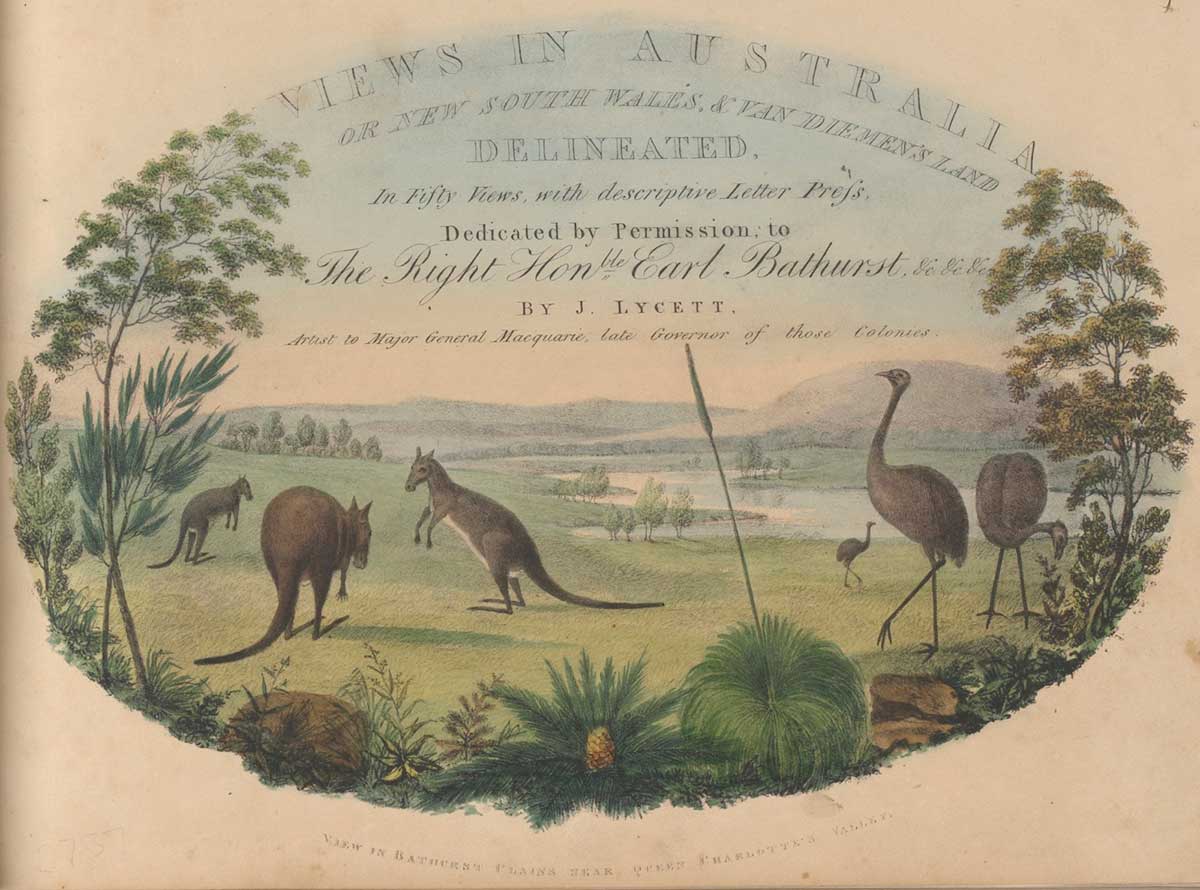
 Can you find out?
Can you find out?
1. Who were the first Europeans to cross the Blue Mountains?
2. Why did Europeans move into the Bathurst area? What were they seeking?
3. By 1824 more Europeans were living in and around Bathurst. How did this affect Aboriginal–European relations?
Why did British colonists cross the Blue Mountains?
In the early 1800s the settlement of Sydney was running out of new land on which to grow food and raise farm animals. The added threat of drought made finding new land essential. But standing in the way of the young colony was the Great Dividing Range; in particular the part of it we now call the Blue Mountains.
Several early attempts to cross the Blue Mountains had failed. But in 1813, with Governor Lachlan Macquarie’s encouragement, Gregory Blaxland, William Charles Wentworth and William Lawson finally crossed them successfully. The journey took three weeks.
Who built the first road across the mountain range?
Surveyor William Evans went even further than Blaxland, Wentworth and Lawson, and crossed the entire Great Dividing Range. Shortly afterwards Governor Macquarie commissioned former soldier William Cox to build a road from Emu Plains through the mountains and on to the newly named Macquarie River.
Cox’s team of 30 convicts and eight guards took only six months to complete more than 160 kilometres of road and 12 bridges. Cox was given the first land grant west of the mountains.
Research task
Create a short biography (life story) of Aboriginal resistance leader Windradyne. Include information about where he was born, his cultural heritage, his relationship with white colonisers and how he is remembered today.
‘The situation of Bathurst is elevated sufficiently beyond the reach of any floods which may occur… settlers … will have the highly important advantages of a rich and fertile soil, with a beautiful river flowing through it.’
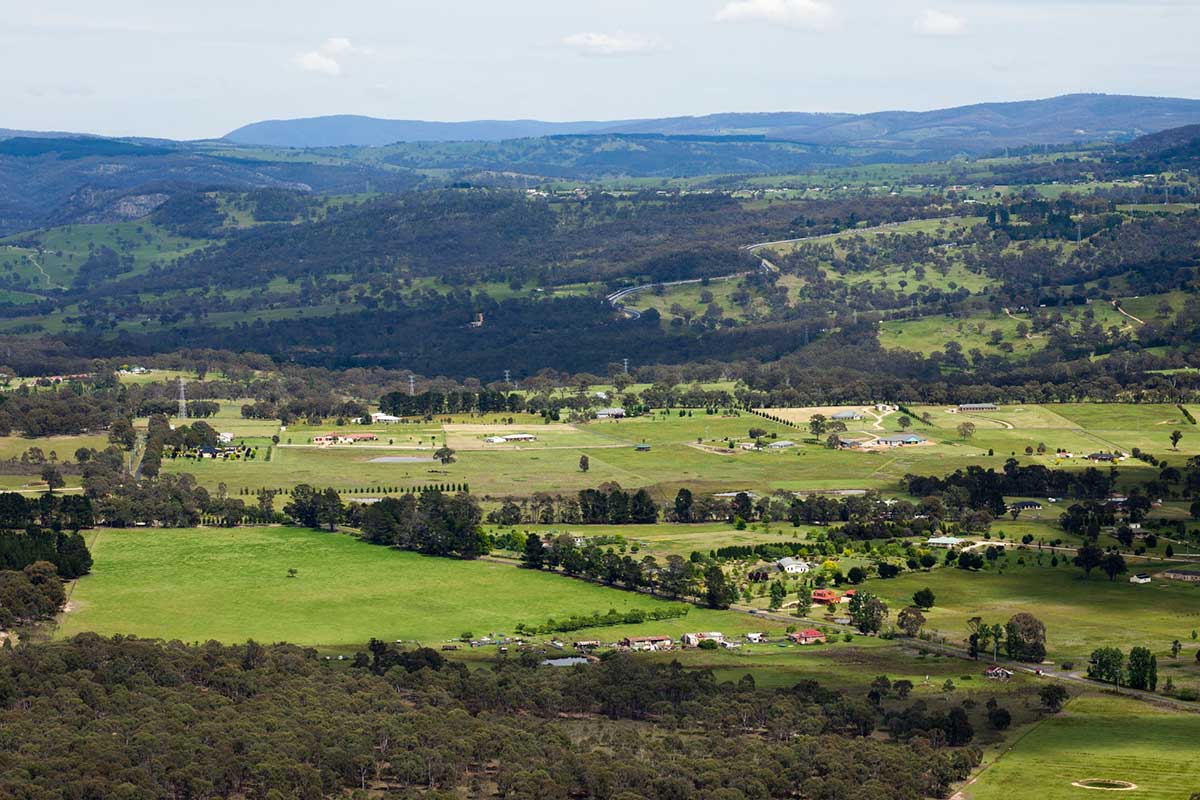
How was Bathurst founded?
On 25 April 1815 Governor Macquarie left Sydney to inspect the new road and view the inland farmland with a group of more than 50 people. Once he had found a place that he thought would be suitable for a new town, he named the area ‘Bathurst’ after the British politician Lord Bathurst.
As people in Sydney started to hear about the high quality of the land around Bathurst, thousands of farmers moved to the town and its surrounding areas. In 1820 there were only 114 Europeans in Bathurst, but by 1824 this had grown to more than 1200 (today there are more than 30,000 people). As the population of the town grew, the colonists increasingly came into armed conflict with the local Wiradjuri people.
Research task
Bathurst’s population boomed after gold was discovered in the region during the 1850s. At the same time crime in the town increased. One famous crime spree was called the Bathurst rebellion. Find out what happened during the Bathurst rebellion and why it ended.
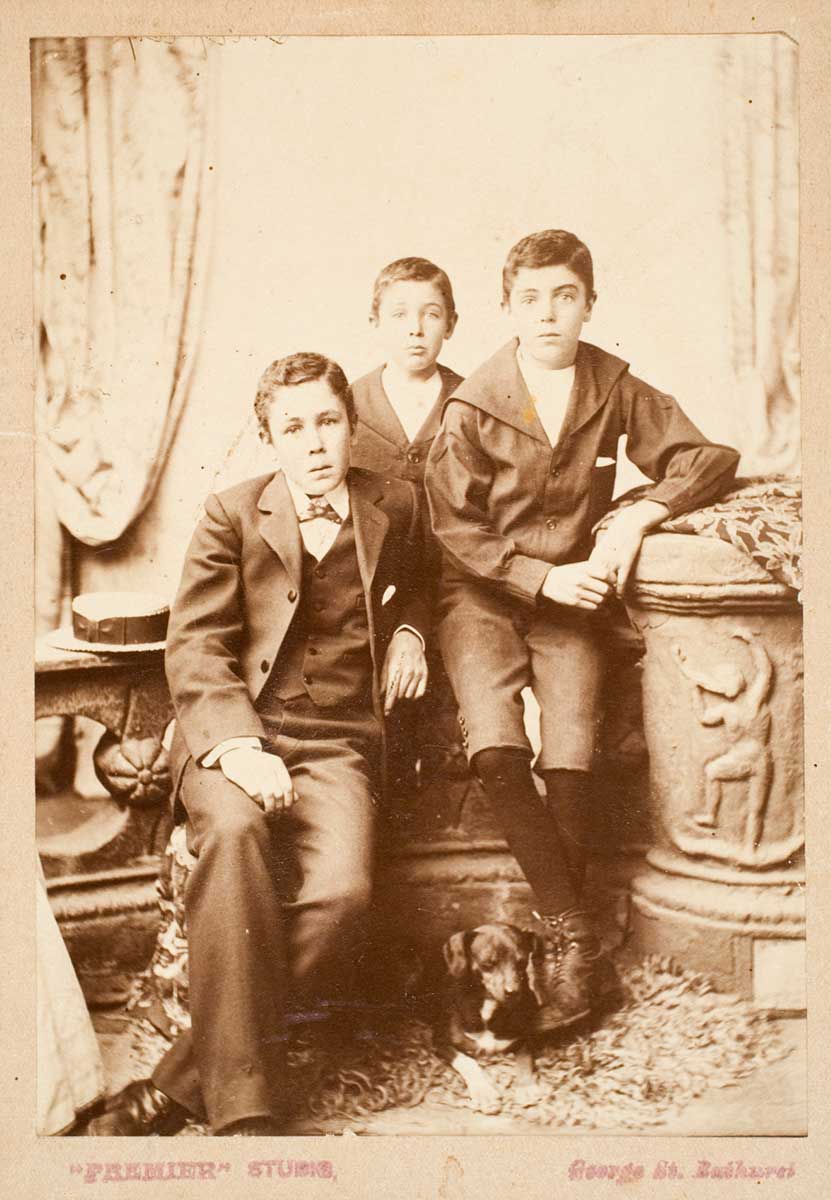
The Wiradjuri, led by the warrior Windradyne, fought back against colonists who tried to take their traditional lands. Macquarie’s successor, Governor Thomas Brisbane, declared martial law on 14 August 1824. At least 100 Aboriginal people died in the next four months as the Wiradjuri resisted the violent campaign by settlers and soldiers.
Violence between the settlers and the Wiradjuri continued throughout the 1820s and 1830s. In 1851 gold was discovered at Ophir, 20 kilometres away from Bathurst, which led to a further increase in the town’s population and marked the beginning of the gold rushes in Australia.
Today Bathurst is still an important inland city. It is well known for its car racing events and farming history, and is the birthplace of former Australian Prime Minister Ben Chifley.
Read a longer version of this Defining Moment on the National Museum of Australia’s website.
 What did you learn?
What did you learn?
1. Who were the first Europeans to cross the Blue Mountains?
2. Why did Europeans move into the Bathurst area? What were they seeking?
3. By 1824 more Europeans were living in and around Bathurst. How did this affect Aboriginal–European relations?






